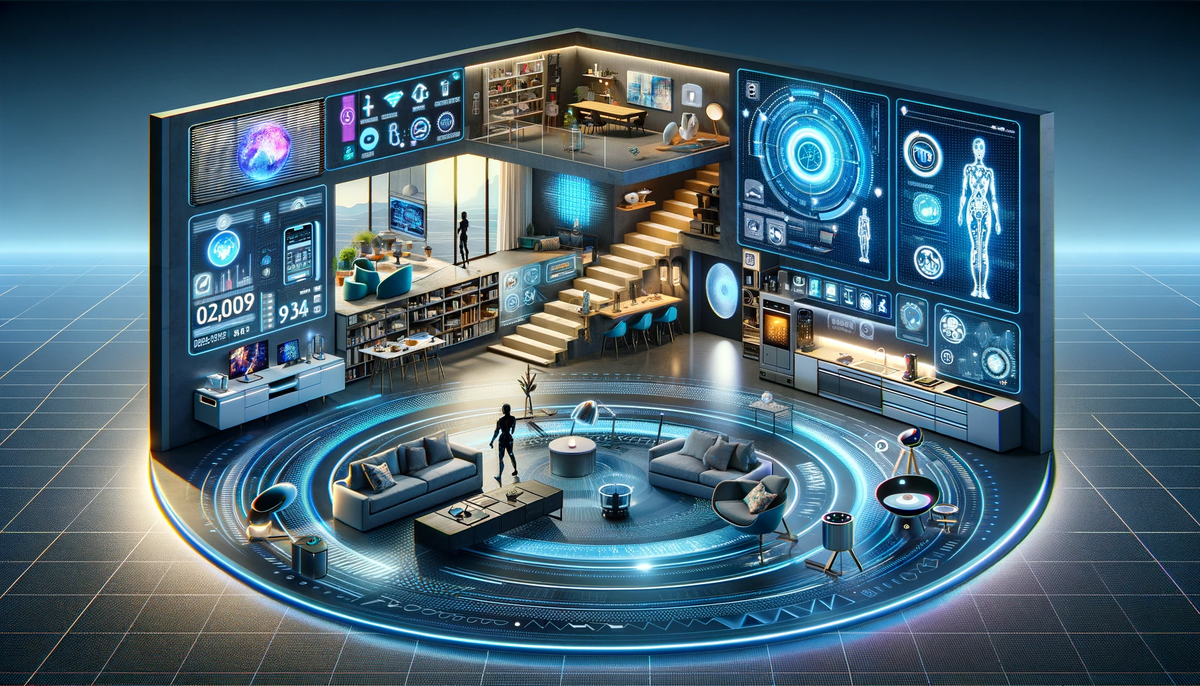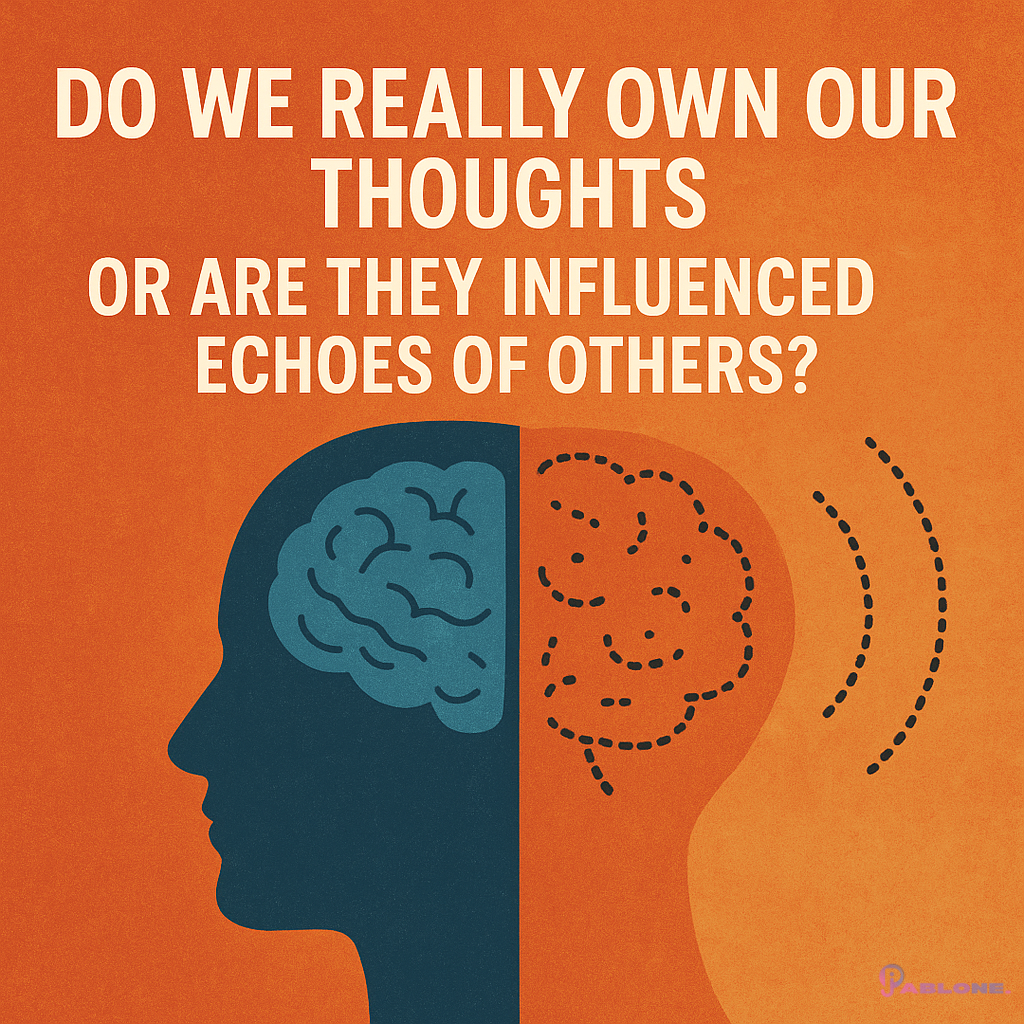Introduction
In 2024, smart home technology continues to revolutionize the way we live, transforming our homes into intelligent, efficient, and secure spaces. From advanced automation systems to cutting-edge appliances, the innovations in smart home technology are creating a future where convenience, energy efficiency, and connectivity are at the forefront. This blog explores the latest trends and innovations in smart home technology for 2024, highlighting how these advancements are reshaping our living environments.
- Voice-Activated Home Assistants
Voice-activated home assistants have been around for a few years, but in 2024, they are more sophisticated and integrated than ever. Assistants like Amazon Alexa, Google Assistant, and Apple’s Siri have evolved to understand natural language better and perform more complex tasks. These virtual assistants are now capable of managing entire smart home ecosystems, controlling lights, thermostats, security systems, and even appliances with simple voice commands.
Key Features:
Enhanced Voice Recognition: Improved algorithms for better understanding of different accents and dialects.
Multilingual Support: Seamless switching between languages for multilingual households.
Contextual Understanding: Ability to understand the context of commands, making interactions more intuitive.
- AI-Powered Home Automation
Artificial Intelligence (AI) is playing a pivotal role in smart home automation. In 2024, AI-powered systems learn from user behaviours and preferences to automate home functions intelligently. These systems anticipate needs, adjust settings automatically, and provide personalized recommendations.
Key Features:
Predictive Maintenance: AI detects potential issues in appliances and systems before they become problems, scheduling maintenance automatically.
Energy Optimization: Smart algorithms analyze energy usage patterns and optimize consumption, reducing utility bills.
Personalized Routines: Customizable automation routines based on individual preferences and daily schedules.
- Advanced Security Systems
Home security has seen significant advancements with the integration of AI, machine learning, and IoT technologies. Modern security systems offer real-time monitoring, facial recognition, and predictive analytics to enhance safety and security.
Key Features:
Facial Recognition: Cameras equipped with AI can identify household members and differentiate between familiar faces and strangers.
Smart Sensors: Advanced sensors detect unusual activity, such as broken windows or unauthorized entry, and alert homeowners instantly.
Remote Monitoring: Homeowners can monitor their homes in real-time from anywhere in the world via their smartphones.
- Energy-Efficient Smart Appliances
Energy efficiency is a major focus in 2024, with smart appliances designed to minimize energy consumption without compromising performance. These appliances communicate with each other and the home’s central system to optimize energy usage.
Key Features:
Smart Refrigerators: Equipped with inventory management systems that notify users when items are running low and suggest recipes based on available ingredients.
Intelligent Washing Machines: Automatically adjust water and detergent levels based on the load size and fabric type.
Energy Monitoring: Appliances provide real-time energy consumption data and suggest ways to reduce usage.
- Smart Lighting Systems
Smart lighting has advanced beyond simple on/off controls to include adaptive lighting that changes based on the time of day, activity, and even mood. These systems not only enhance ambiance but also contribute to energy savings.
Key Features:
Adaptive Lighting: Lights adjust colour temperature and brightness throughout the day to match natural light patterns, improving well-being.
Motion Sensors: Lights turn on and off automatically based on movement, reducing energy waste.
Voice and App Control: Full control over lighting via voice commands or mobile apps, enabling remote management.
- Connected Kitchen Innovations
The kitchen is becoming the hub of the smart home, with innovative devices and appliances designed to make cooking more efficient and enjoyable. From smart ovens to connected coffee makers, the kitchen of 2024 is a chef’s dream.
Key Features:
Smart Ovens: Equipped with cameras and AI, these ovens recognize the type of food and adjust cooking settings automatically for perfect results.
Connected Coffee Makers: Brew coffee from your smartphone, schedule brewing times, and customize beverage preferences.
Smart Scales: Measure ingredients accurately and integrate with recipe apps to provide step-by-step cooking instructions.
- Health and Wellness Technologies
Smart home technology is also focusing on health and wellness, with devices and systems designed to monitor and improve personal well-being. From air quality monitors to sleep trackers, these innovations are making homes healthier places to live.
Key Features:
Air Quality Monitors: Detect pollutants and allergens in the air, providing recommendations for improving indoor air quality.
Smart Beds: Monitor sleep patterns and adjust mattress firmness and temperature for optimal sleep quality.
Fitness Integration: Smart home systems integrate with fitness devices and apps to track physical activity and provide health insights.
- Smart Entertainment Systems
Entertainment is a crucial aspect of the smart home, and 2024 brings more immersive and connected experiences. Smart TVs, sound systems, and gaming consoles are all integrated into a seamless entertainment ecosystem.
Key Features:
Voice-Controlled TVs: Control your TV and streaming services with voice commands, search for content, and adjust settings without a remote.
Multi-Room Audio: Sync music across multiple rooms for a cohesive audio experience, controlled from a central app or voice assistant.
Augmented Reality (AR) and Virtual Reality (VR): Enhanced AR and VR systems for gaming and media consumption, creating more immersive experiences.
- Innovative Smart Furniture
Smart furniture is an emerging trend in 2024, blending technology with design to create multifunctional and adaptable living spaces. From smart desks to intelligent beds, furniture is becoming an integral part of the smart home ecosystem.
Key Features:
Smart Desks: Adjustable height, integrated charging ports, and health monitoring features to promote productivity and well-being.
Connected Sofas: Built-in speakers, charging stations, and adjustable settings for comfort and convenience.
Intelligent Storage Solutions: Automated storage systems that optimize space and provide easy access to items.
- Sustainable Smart Homes
Sustainability is a key consideration in the design and development of smart homes. Innovations in this area focus on reducing the environmental impact and promoting eco-friendly living.
Key Features:
Solar Energy Integration: Smart homes equipped with solar panels and energy storage systems to harness and store renewable energy.
Water Conservation: Smart irrigation systems and water-saving fixtures that optimize water usage and reduce waste.
Eco-Friendly Materials: Use of sustainable building materials and energy-efficient construction techniques.
Conclusion
The innovations in smart home technology for 2024 are transforming our living spaces into intelligent, efficient, and sustainable environments. From advanced automation and AI-powered systems to energy-efficient appliances and sustainable solutions, these advancements are enhancing the quality of life and providing new levels of convenience and security. As technology continues to evolve, the future of smart homes promises to be even more exciting, offering endless possibilities for a connected and smarter way of living.
Future Trends to Watch
Looking ahead, several emerging trends are likely to shape the future of smart home technology:
- Integration with 5G Networks:
The rollout of 5G networks will enhance the connectivity and performance of smart home devices, enabling faster data transfer and more reliable connections.
- Edge Computing:
Edge computing will allow data processing to occur closer to the source of data, reducing latency and improving the responsiveness of smart home systems.
- Enhanced Privacy and Security:
As smart homes become more connected, ensuring the privacy and security of data will be paramount. Innovations in encryption and cybersecurity will be crucial in protecting personal information.
- AI-Driven Personalization:
AI will continue to advance, offering even more personalized and intuitive experiences based on individual preferences and behaviours.
- Expanded IoT Ecosystems:
The Internet of Things (IoT) will continue to grow, with more devices and appliances becoming interconnected, creating a more cohesive and integrated smart home environment.
Final Thoughts
Smart home technology in 2024 is at the forefront of innovation, bringing unprecedented levels of convenience, efficiency, and sustainability to our living spaces. As these technologies continue to evolve, they will play an increasingly important role in shaping the way we live, work, and interact with our homes. Embracing these innovations will not only enhance our quality of life but also contribute to a more sustainable and connected future.








Leave a Reply